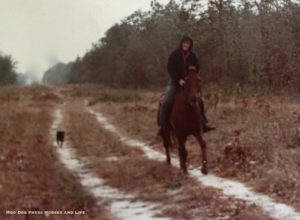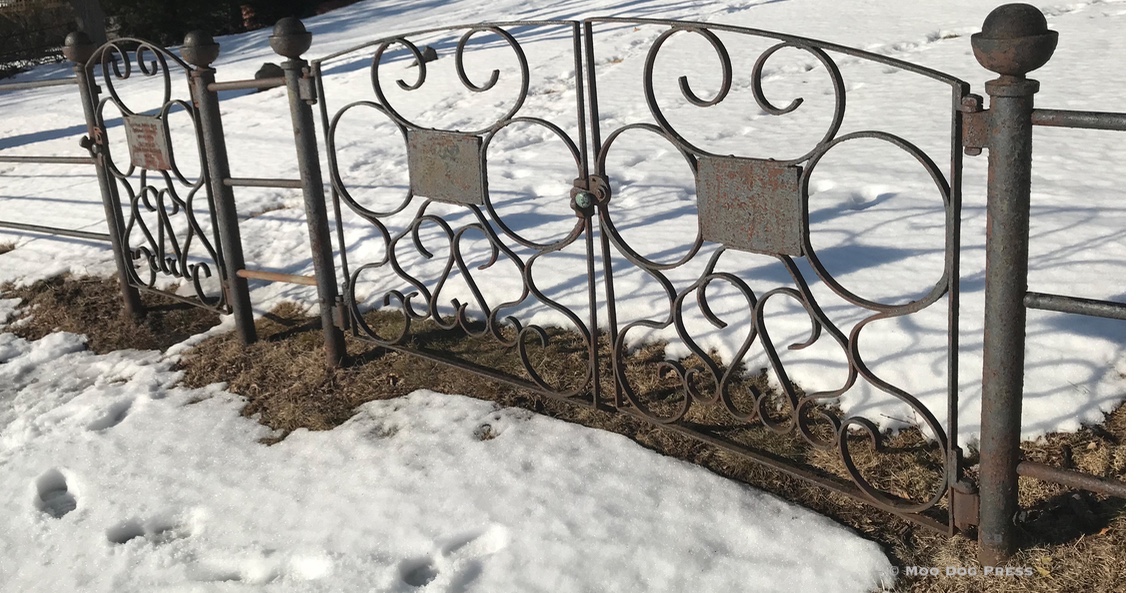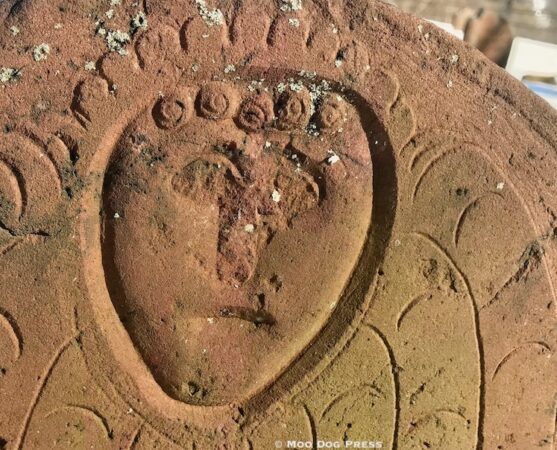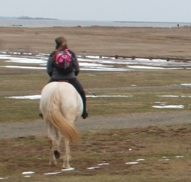COVID-19 Era: Weetamoo Wander To Find Salt, Slaves, Gates, Ancestors
Editor's note: This story has been moved and updated. Linked here.
Imagine.
Saltworks. Buckwheat Hill. Winston Churchill. Past and present, only time separates this from that. One word can open doors. Three words propel action.
Let's go and find out more, visit the actual site after reading these three words Never Give In, author's note, The Last Lion: Winston Spencer Churchill: Defender of the Realm, 1940-1965 by Paul Reid and William Manchester. Now there is another dimension.
“Winston Churchill's 4th great-grandfather Timothy Jerome is buried here. The earliest intact marker is dated 1748. In 1857 the town erected a sandstone obelisk to record 29 burials which did not have markers.” FindAGrave
“Winston Churchill‘s great-great-great grandfather, Timothy Jerome, moved to what is now Meriden after receiving a royal grant giving him a monopoly on salt-making in the area. He is buried in Meriden’s oldest cemetery, ‘Burying Ground 1720' — which was then known as ‘Buckwheat Hill.' The cemetery overlooks what was once his estate.” knowol.com
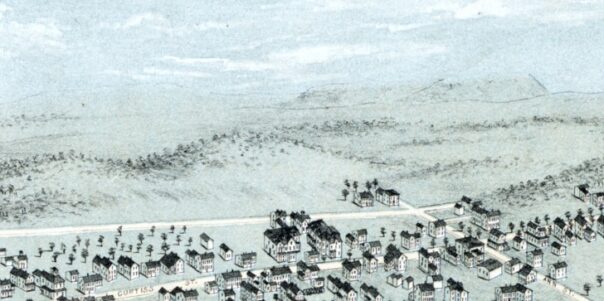
Detail of a map dated 1875, showing approximate location of Buckwheat Hill, image detail linked to map site.
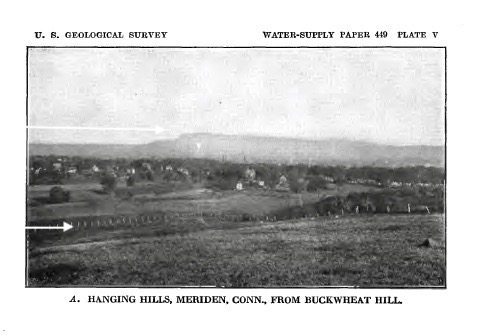
The view from Buckwheat Hill from a 1920 USGS water report that includes geology for the Meriden area.
“Timothy came from the Isle of Wight (according to family tradition) to New England about 1709. He settled first in Corchester, Mass., but lived in Windham, Conn. by 1713. by 1717 he was a resident of Wallingford (now Meriden), Conn., being one of the first settlers. He was sergeant of a train band, and was recorded as a Freeman on 30 April 1730.
“The Jeromes came to New Cambridge, CT. (now called Bristol, CT) from Wallingford, CT. about the year 1741. There were three Jerome brothers: Timothy, William and Zerubbabel. Another brother, Samuel, later moved to New York State. These brothers were the sons of Timothy and Abigail Jerome, progenitors of many distinguished descendents, among them, through their son Samuel, Winston Churchill (in the sixth generation). Abigail's son, Timothy Jerome, was the ancestor of Chauncey Jerome II, the famous clockmaker. Capt. Timothy was supposed to have had 10 children. The early spelling of Jerome was Jearom.
“The name of Jerome first appears, so far as at present learned [1896], in the early records of various parishes in the Isle of Wight, as far back as 1503. …
“A sister of Mr. Jerome learned in the Isle of Wight that two of a Jerome family there–John and Stephen–emigrated to America, and it is on record that about 1730 they received a royal grand of a monopoly of salt making in the Colony of Connecticut, bestowed upon them because they were skilled in the Manufacture of Salt. John and Stephen located at Branford, Conn., and make Salt from sea water. A few years later the business was removed to Lynn{Note: Lyme?}, near the mouth of the Connecticut river. Descendants of these brothers are now living at or in the vicinity of New London.
“Salt works were in operation in the parish of Northwood, Isle of Wight, more than 200 years ago [1896], and it is not unlikely that Northwood may be the place from which the tow brothers emigrated tone new world. A few years earlier than this, however; about 1710 – Timothy Jerome, from whom we trace directly back, came to America from the Isle of Wight and settled at Wallingford. He was said to have come from near the salt works; but what the connection was, if any, between him and John and Stephen is not yet known. Timothy Jerome was a man of Large property and influence in the town in which he lived. He was born in the year 1688 and died in 1750, sixty-two years of age, leaving a widow, Abigail, four sons -Timothy Jr., Zerubable, William and Samuel; also three Daughters Abigail, Elizabeth, and Isabel.
“He left a large estate, and by his will, the widow Abigail, and his son Samuel were named as executors. The will was probated at New Haven and is still among the records there. It begins as follows:
“…in the name of God, Amen. This 8th day of March, in the 22d year of the reign of our Sovereign Lord King George ye second, Anno Domini 1748-49, I Timothy Jerome of Meriden in Wallingford, in Connecticut Colony in New England, being in the Sixty-First year of my age, and tho sound in body and mind, yet calling to my mind my own mortality, do make, constitute and ordain this to by my last Will and Testam't. And first of all, I recommend my soul into ye hands of Almighty God in Hope of his eternal mercy through Jesus Christ, and my body to ye dust by decent Christian “buriall”, at ye descretion of my Executors herin after named.”
“The inventory of this estate contains many items of interest, notably four slaves – Pomp, Rose, Jenny and Prince, valued at over H1000(sic). That slavery was countenanced in those days is shown by the fact that the minister of the town was himself a slave holder. Wallingford Church records mention the baptism of two slaves belonging to Sergeant Timothy Jerome and the funeral of another. The widow Abigail whose second husband was Jacob Deming, also bequeathed slaves to their children.
“Several old books, probably brought from England, show Timothy to have been a man of some education and perhaps literary taste.”
— Ancestors (some spelling corrected and extra spaces deleted above excerpt
A flurry of questions. Where was the original house? Or the ruins? Is it build over? The gate has three squares, one displays information about the origin of the fence but the other two are blank. The design seems clear that these once held words also. But did they? And if so, what? This old cemetery is known by three names: Buckwheat Hill. Meeting House. Indian. The first two are self-explanatory, but why the third? Admiring the views from this hill, probably a drumlin?
Meeting House Hill
Burying Ground
1720-1777
Erected by
Ruth Hart Chapter
D.A.R.
1904(?)
Three hitching posts with handy placement evident to those who have used one to secure an equine; not needed for motor vehicles.
Next, Meeting House Hill (the third words drops from use often), which is another name for Buckwheat Hill (origin of this name, may be where buckwheat once was grown? It is a most beautiful parcel now mostly the final resting place for family, St. Stanislaus Cemetery for the most part). Why on this steep hill once known as Deer Hill? A spring is nearby, but for those walking or on horseback, the steep hill locations is puzzling. Easy perhaps in dry warm weather but what about in winter with icy and snow? Shoe caulks would help but why this location? (Use caution even now to get to the rock enclosed by a fence that commemorates this site. And please be respectful of property.)
Growing up in Connecticut, never knew about indigenous people in the region. Place names derived from indigenous people, histories are apparent. Driving from Cape Cod back through Rhode Island and home to Connecticut more questions about what happened here — place, people, time and cultures interconnect? Pieces fall into place over time. Then add a one-word reply by Dr. Catherine M. Burns “Weetamoo” seen via Twitter, which led to even more exploration and added knowledge.
Weetamoo
— Dr. Catherine M. Burns (@cmburns21) December 19, 2020
Note: Also see our Resources page for events, people, other worthy listings, ideas. This story was updated March 3, 2021.

